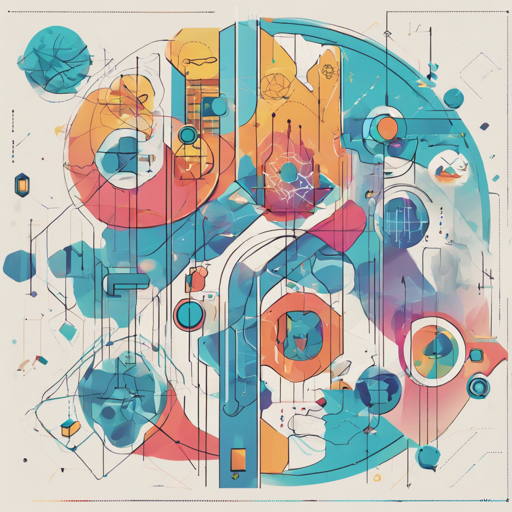The Flow Non-Fungible Token (NFT) Standard offers a structured approach to creating safe, secure, and user-friendly non-fungible token contracts on the Flow blockchain. This blog post will guide you through understanding this standard, its core features, and how to implement it. Get ready to dive deep!
What is Cadence?
Cadence is the resource-oriented programming language designed specifically for developing smart contracts on Flow. If you’re new to this concept, we recommend starting with the Cadence tutorials to build a solid foundation.
Think of Cadence like a toolbox specifically designed for crafting unique, valuable NFTs. It allows developers to handle these digital assets with ease, ensuring that everyone knows exactly where their belongings are stored in the blockchain.
Import Addresses
There’s no need to reinvent the wheel by deploying contracts yourself; you can simply import the necessary contracts from the addresses below:
- EmulatorCanary: 0xf8d6e0586b0a20c7
- PreviewNet: 0xb6763b4399a888c8
- TestnetCrescendo: 0x631e88ae7f1d7c20
- Mainnet: 0x1d7e57aa55817448
Core Types
The NonFungibleToken interface expects two essential types:
- NFT: Describes the structure of a single NFT.
- Collection: Holds multiple NFTs of the same type, facilitating various operations such as deposit, withdraw, and querying.
Imagine an NFT as a collectible trading card. Each card (NFT) has its unique traits, while a collection is like a dedicated binder where you keep all your cards organized.
Core Features
The NonFungibleToken contract encompasses several fundamental functionalities:
- Create a new NFT collection: Use the
Token.createEmptyCollection(nftType: Type)function to create a new empty collection. - Withdraw an NFT: Utilize the
withdraw()function to remove an NFT from a Collection. - Deposit an NFT: The
deposit()function allows you to add an NFT into a Collection. - List NFTs: Retrieve all NFTs in a Collection using the
getIDs()function. - Return NFT types: Discover the types of NFTs that a Collection can accept using
getSupportedNFTTypes(). - Available SubNFTs: Get information on owned NFTs through a specially defined function.
NFT Metadata
To enhance how NFTs are represented and interacted with, each NFT can have flexible metadata views. The views specify how to query and return metadata types such as creator biography, video clips, or links to external sites.
How to Implement and Read Metadata
To implement metadata views in your contract, use the MetadataViews.Resolver interface, and to read NFT data like the name and description, refer to scripts like get_nft_metadata.cdc.
How to Propose a New View
If you envision a new metadata view or modifications to existing ones, don’t hesitate to open an issue or pull request in the repository.
Troubleshooting Ideas
If you encounter issues during implementation, consider these troubleshooting steps:
- Verify you are using the correct contract addresses, especially when importing.
- Ensure all required interfaces are implemented properly.
- Refer to the documentation for metadata views if you run into problems with querying data.
For more insights, updates, or to collaborate on AI development projects, stay connected with fxis.ai.
Conclusion
At fxis.ai, we believe that such advancements are crucial for the future of AI, as they enable more comprehensive and effective solutions. Our team is continually exploring new methodologies to push the envelope in artificial intelligence, ensuring that our clients benefit from the latest technological innovations.
With this guide, you’re now equipped to tackle the Flux NFT Standard like a pro! Happy coding!

